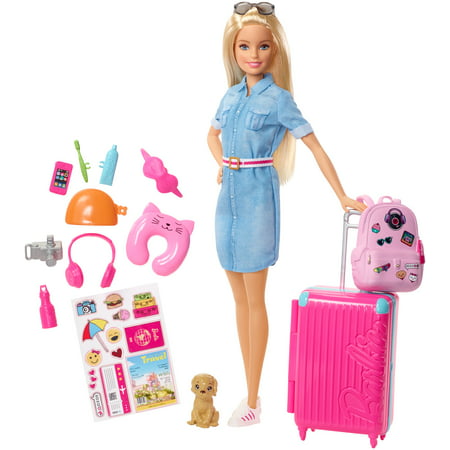Breyer Traditional Stable Feeding Toy Horse Accessory Set – 1:9 Scale
Keep your Breyer model horses fed and happy with this Stable Feeding Set. 7-piece set includes aluminum water trough, hay bale and hay net, feed bucket, feedbag, bag of feed and feed scoop. Each item is authentically-styled to look just like the real thing! Items in this kit are sized for Breyer Traditional Series (1:9 scale) horses and 8” riders. Add to your model horse barn for the most realistic play experience! Horse and barn not included. From the manufacturer: Breyer is the maker of the world’s finest model horses! Since 1950, Breyer has brought a wide range of horse breeds from around the world to life for play and collecting – including real horse heroes like racehorse Secretariat, Olympian Valegro, and reining superstar Big Chex to Cash! The Traditional Series offers an unmatched level of realism and attention to detail that is appreciated by children and adults alike. Each 1:9 scale model is meticulously hand painted in rich colors, so no two are the same. Breyer has an incredible community of model horse fans, artists, and collectors, and is proud to host BreyerFest: a three-day extravaganza for horse lovers and Breyer enthusiasts each July in Kentucky! Bring home a Breyer model, and let your imagination run free!








Keep your Breyer model horses fed and happy with this Stable Feeding Set.7-piece set includes aluminum water trough, hay bale and hay net, feed bucket, feedbag, bag of feed and feed scoop.Each item is authentically-styled to look just like the real thing!Items in this kit are sized for Breyer Traditional Series (1:9 scale) horses and 8” riders.Add to your model horse barn for the most realistic play experience!





Reviews
There are no reviews yet.